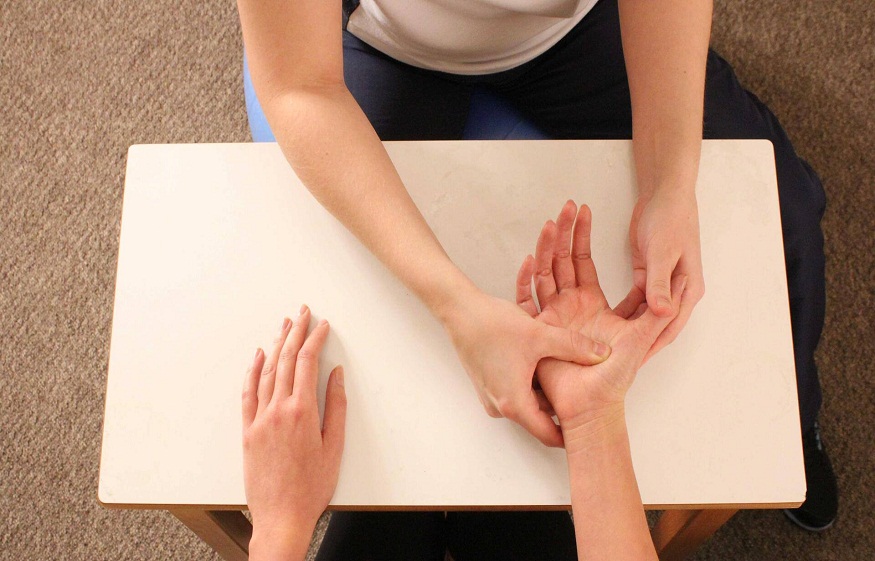The Unsung Heroes: How Wraps and Grips Fortify Against Injury and Aid Recovery
In the relentless pursuit of athletic excellence or even the simple act of engaging in regular physical activity, our bodies are subjected to a myriad of forces and stresses. While dedication and proper technique are paramount, often overlooked yet equally crucial are the supportive tools that act as silent guardians: Versa Wrapps and grips. These unassuming accessories, ranging from wrist wraps in weightlifting to compression bandages in rehabilitation, play an essential role in both preventing injuries and facilitating the recovery process. Understanding their mechanics and appropriate application can be the key to a longer, healthier, and more productive journey in fitness and beyond.
The Proactive Power: Injury Prevention through Support
The primary function of wraps and grips in injury prevention lies in their ability to provide external support and stability to vulnerable joints and tissues.During strenuous activities, particularly those involving heavy lifting, repetitive motions, or high-impact forces, joints like the wrists, knees, and ankles are susceptible to excessive strain.Wraps act as a form of external ligament, compressing and stabilizing the joint, thereby limiting excessive range of motion and reducing the risk of sprains, strains, and dislocations.
Consider the weightlifter attempting a heavy bench press. Without wrist wraps, the delicate ligaments and tendons in their wrists are forced to bear a significant portion of the load, increasing the likelihood of hyperextension or painful tendinitis. Properly applied wrist wraps distribute the force more evenly across the joint, providing a rigid structure that enhances stability and allows the lifter to handle heavier weights with greater safety.Similarly, knee wraps in squatting or leg presses offer crucial support to the knee joint, mitigating the risk of ligament tears and patellar tendonitis.
Beyond weightlifting, wraps find their utility in various other activities. Ankle braces, a form of supportive wrap, are commonly used in sports like basketball and soccer to prevent ankle sprains, especially for individuals with a history of such injuries.Compression sleeves, often worn on the knees or elbows during running or other endurance activities, provide proprioceptive feedback, enhancing joint awareness and stability, and can also help to reduce muscle vibrations that contribute to fatigue and potential injury.
Grips, on the other hand, primarily focus on enhancing grip strength and reducing the risk of hand and forearm injuries. In activities like pull-ups, rock climbing, or even rowing, a secure grip is essential not only for performance but also for preventing blisters, calluses, and even more serious tendon injuries in the hands and forearms. Weightlifting straps, a type of grip, allow lifters to maintain a secure hold on the bar, reducing the strain on their grip and enabling them to focus on the target muscles without the risk of the bar slipping and causing injury.
The Importance of Proper Application and Selection
It is crucial to emphasize that the effectiveness of wraps and grips hinges on their proper selection and application. Using the wrong type of wrap for a specific activity or applying it incorrectly can be counterproductive and even increase the risk of injury. For instance, over-tightening a wrap can restrict blood flow, while using a wrap that offers insufficient support will not provide the intended benefits.
Therefore, understanding the specific needs of the activity and the body part being supported is paramount. Consulting with a qualified healthcare professional, athletic trainer, or experienced coach can provide valuable guidance on the appropriate types of wraps and grips to use, as well as the correct techniques for applying them. They can assess individual needs, consider any pre-existing conditions, and recommend products that offer the optimal balance of support and flexibility.
Conclusion: Investing in Longevity and Performance
Wraps and grips, though often perceived as mere accessories, are indispensable tools in the pursuit of physical well-being and athletic performance.Their proactive role in injury prevention by providing crucial support and stability, coupled with their ability to facilitate recovery by reducing inflammation and promoting healing, underscores their essential nature. By understanding their mechanics, selecting them wisely, and applying them correctly, individuals can significantly mitigate the risk of injury, enhance their recovery, and ultimately enjoy a longer, healthier, and more fulfilling journey in their chosen physical endeavors. These unsung heroes truly empower us to push our limits safely and effectively, paving the way for sustained progress and lasting well-being.



